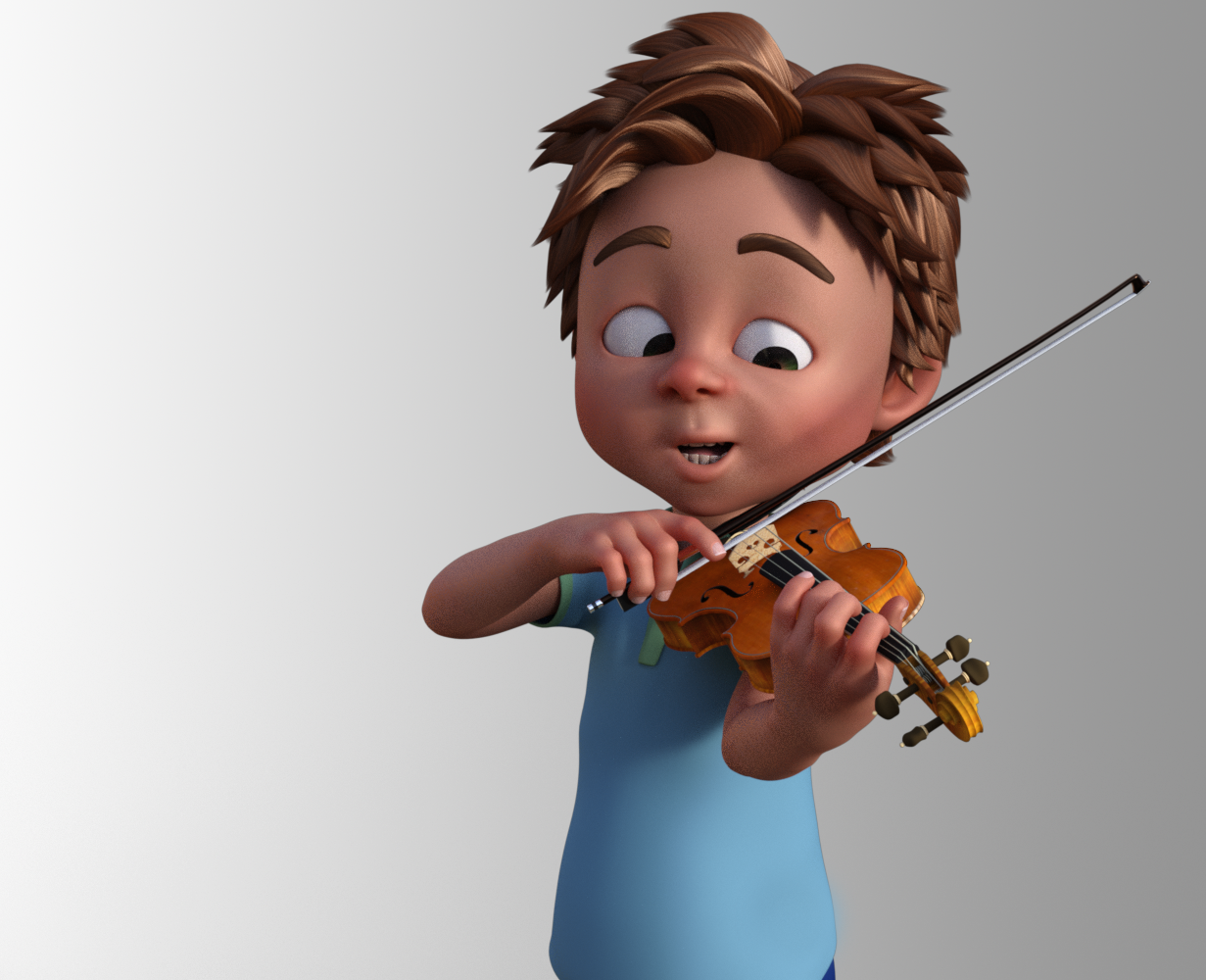C (Do) Major Scale 3 Octaves Training Video for Violin
This video includes a backing track/piano accompaniment to the 3 octave scale in C Major for violin. The accompaniment is in a ragtime style.
Fingering and bowing suggestions are included on the score, as well as a moving cursor, which can help orientate in the process of practising.
Feel free to rewind the backing track and repeat areas that are more difficult.
Enjoy!
Practice Tip!
- Pay attention to bow changes in the first (slow) variation, so that changes at the tip and at the heel are almost imperceptible.
- Repeat as many times as needed.
- Then, try to keep these smooth bow changes in the faster variations.
- Pay attention to the movements/techniques needed to achieve these smooth changes.
- Did you need to adjust the speed of the bow and/or change the weight of your bow arm during bow changes?



